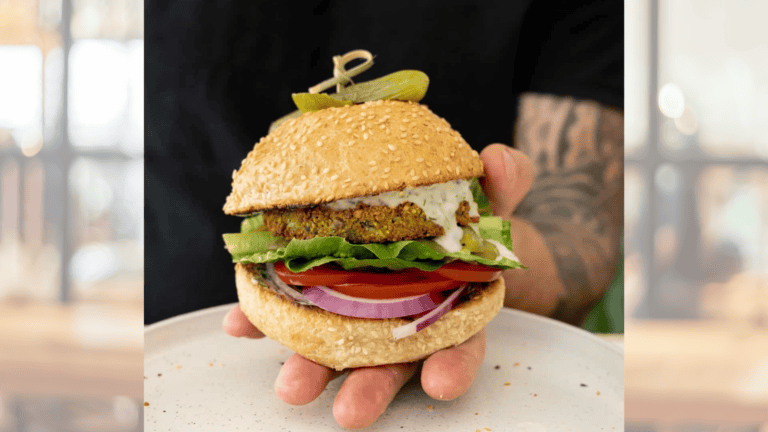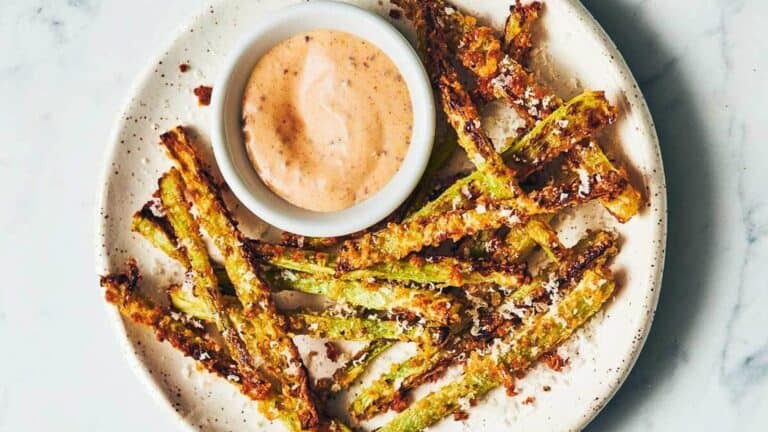Is Your Food Label Lying? The Truth About ‘Cacao’ and Other Misleading Terms
Health-conscious consumers are increasingly vigilant about the foods they buy, carefully reading labels in an effort to make informed choices. However, the language used on food packaging can be confusing, and sometimes downright misleading. One such example is the term “cacao,” which is often used interchangeably with “cocoa,” despite there being no legal definition for “cacao” powder.
This lack of clarity can lead to consumer deception, as they may believe they are purchasing a product that is healthier or more natural than it actually is. But “cacao” is just the tip of the iceberg. This article looks into the deceptive world of food labeling, exploring how terms like “cacao,” “natural,” “whole grain,” and others can mislead consumers.
The Cacao vs. Cocoa Debate

The use of the term “cacao” on food labels has become increasingly common, particularly in products marketed as health foods. The word “cacao” is often associated with raw, unprocessed chocolate, which is perceived as healthier because it retains more antioxidants and nutrients than processed “cocoa.” However, there is no legal definition or standard for what constitutes “cacao” powder, which allows manufacturers to use the term loosely.
Have Some Cocoa!

In addition to the labeling issues, a study published in the Journal of Agricultural and Food Chemistry found that while raw cocoa does have a higher concentration of certain flavonoids, the body’s ability to absorb these compounds, known as bioavailability, is not necessarily better in raw cocoa. The processing that converts raw cacao to cocoa powder or chocolate can affect flavonoid stability, but it can also improve the bioavailability of these compounds, making them more accessible for the body to use.
Call It Cocoa

Dr. Roger A. Clemens, a professor of pharmaceutical sciences and an expert in food science, explains, “The term ‘cacao’ is more a marketing tool than a scientifically accurate label. It implies a healthier product, but in reality, most products labeled as ‘cacao’ have undergone similar processing to those labeled as ‘cocoa.’” This means that consumers who pay a premium for products labeled as “cacao” may not be getting the purported health benefits they expect.
Know Your Definitions

The deception lies in the lack of regulation. Without a legal definition, companies can market their products as “cacao” without necessarily offering a product that is significantly different from traditional cocoa powder. This creates a false sense of health benefits, which can mislead consumers into making purchasing decisions based on inaccurate information.
The “Natural” Fallacy

Another term that is widely misused on food labels is “natural.” Many consumers equate “natural” with “healthy,” believing that products labeled as such are free from synthetic ingredients or artificial additives. However, the U.S. Food and Drug Administration (FDA) does not have a formal definition for “natural,” which means that the term can be used liberally by manufacturers.
Deceptive Labels
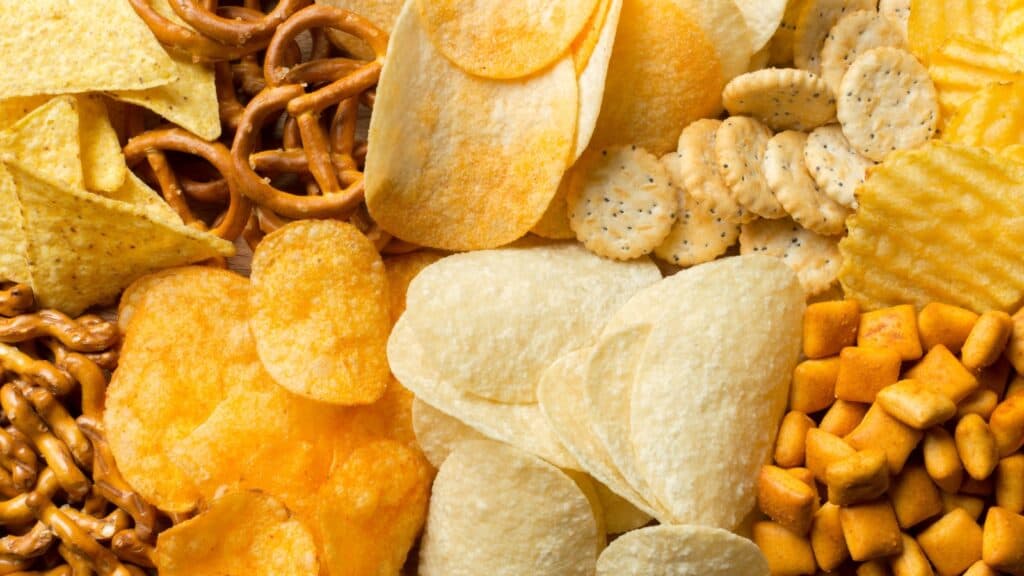
For instance, a product labeled as “natural” could still contain high levels of sugar, sodium, or unhealthy fats. Moreover, the ingredients themselves may be minimally processed but could still come from genetically modified organisms (GMOs) or be treated with synthetic pesticides. As Dr. Marion Nestle, a professor of nutrition, food studies, and public health, points out, “The word ‘natural’ has been co-opted by the food industry to mean whatever it wants. It has little to do with the actual nutritional quality or healthfulness of the food.”
Lack of Regulation Allows Confusion

This lack of regulation leads to a situation where consumers may feel reassured by the “natural” label, even though the product may not align with their expectations of what natural should mean. The reality is that “natural” often functions more as a marketing buzzword than a meaningful descriptor of a product’s quality or safety.
Whole Grain: Not as Whole as You Think
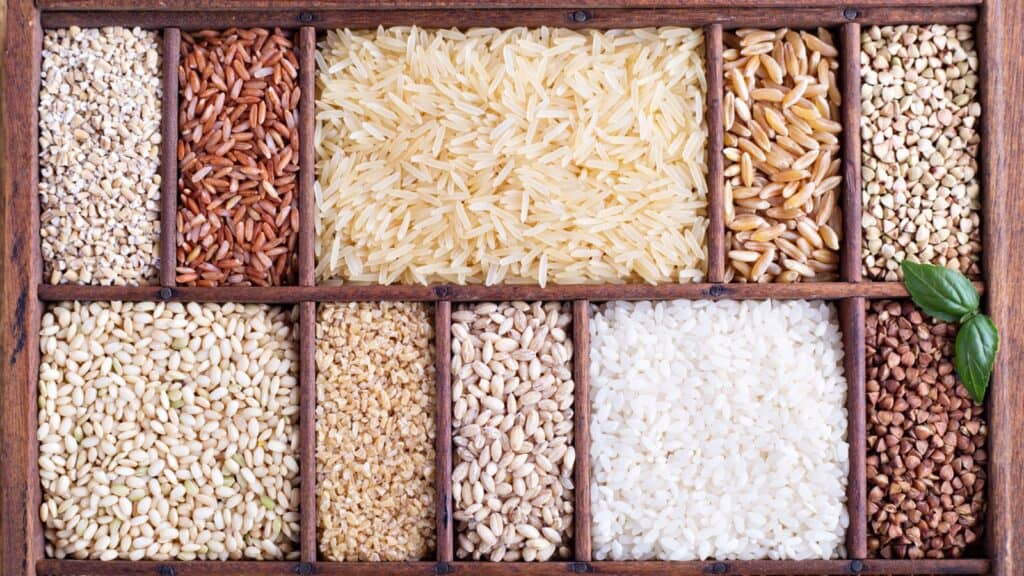
Whole grain products are another area where food labels can be misleading. Consumers are often encouraged to choose whole grains over refined grains because they retain more nutrients and fiber. However, the term “whole grain” can be misleading because it doesn’t necessarily mean that a product is made entirely from whole grains.
Know What You Are Buying

According to the FDA, as long as a product contains some whole grain ingredients, it can be labeled as “whole grain,” even if the majority of the product is made from refined flour. This means that a product labeled as “whole grain” might actually contain only a small percentage of whole grains, while the rest is made up of less nutritious ingredients.
Read Labels Carefully

Dr. David Ludwig, a professor of nutrition at Harvard School of Public Health, warns, “Many so-called ‘whole grain’ products are little better than their refined counterparts. Just because a product contains some whole grains doesn’t mean it’s a healthy choice.” In other words, consumers may be misled into thinking they are making a healthier choice when in fact, the nutritional difference is minimal.
The Organic Illusion

“Organic” is another term that can be misleading, especially when it comes to processed foods. While the organic label is regulated and must meet certain standards, the perception of organic as inherently healthy is not always accurate. Organic foods can still be high in sugar, salt, and unhealthy fats, just like non-organic foods.
What Is Organic?

For example, organic cookies or chips may be made with organic ingredients, but that doesn’t make them any less processed or calorie-dense than their non-organic counterparts. Dr. Michael Pollan, a well-known food journalist and author, states, “Just because something is organic doesn’t mean it’s healthy. Organic junk food is still junk food.” The organic label primarily refers to the farming practices used to grow the ingredients, not the nutritional quality of the final product.
“Free-Range” and “Cage-Free”: What Do They Really Mean?

When it comes to animal products, labels like “free-range” and “cage-free” are often used to evoke images of animals roaming freely outdoors. However, these terms are not always indicative of the living conditions one might imagine.
“Free-range” means that the animals had some access to the outdoors, but there are no specific requirements for how much time they spend outside or how much space they have. Similarly, “cage-free” simply means that the animals are not kept in cages, but they could still be confined in crowded indoor spaces.
Know The Terms

Dr. Temple Grandin, an expert in animal welfare, explains, “Terms like ‘free-range’ and ‘cage-free’ can be misleading because they don’t guarantee that the animals were raised in humane or natural conditions. Consumers should be aware that these labels are not always what they seem.” As a result, people who buy these products thinking they are supporting more humane farming practices may not be getting what they expect.
Himalayan Pink Salt: The Truth Behind the Hype

Himalayan Pink Salt is often marketed as a healthier alternative to regular table salt, with claims that it contains over 80 trace minerals and offers various health benefits. The pink color and exotic origin of the salt, typically mined from the Khewra Salt Mine in Pakistan, contribute to its appeal. However, the health claims surrounding Himalayan Pink Salt are often exaggerated and can be misleading.
Bottom Line: No Nutritional Benefit

While it is true that Himalayan Pink Salt contains trace minerals such as magnesium, potassium, and calcium, these are present in such small amounts that they do not contribute significantly to your daily nutrient intake. Dr. Robert Heaney, a renowned nutrition expert, emphasizes, “The mineral content of Himalayan Pink Salt is not enough to make a meaningful difference in your diet. It’s still primarily sodium chloride, just like regular table salt.”
Where’s The Science?

Moreover, some claims suggest that Himalayan Pink Salt can improve respiratory conditions, balance the body’s pH levels, and even reduce the signs of aging. However, there is little scientific evidence to support these assertions. The perceived health benefits are often based more on anecdotal evidence and marketing than on solid scientific research.
While Himalayan Pink Salt may be a gourmet alternative to table salt, it should not be considered a significantly healthier option. It’s important for consumers to understand that the primary component of any salt, whether pink, white, or otherwise, is sodium chloride, and the health implications of salt intake remain the same regardless of the color or origin.
The Importance of Consumer Awareness
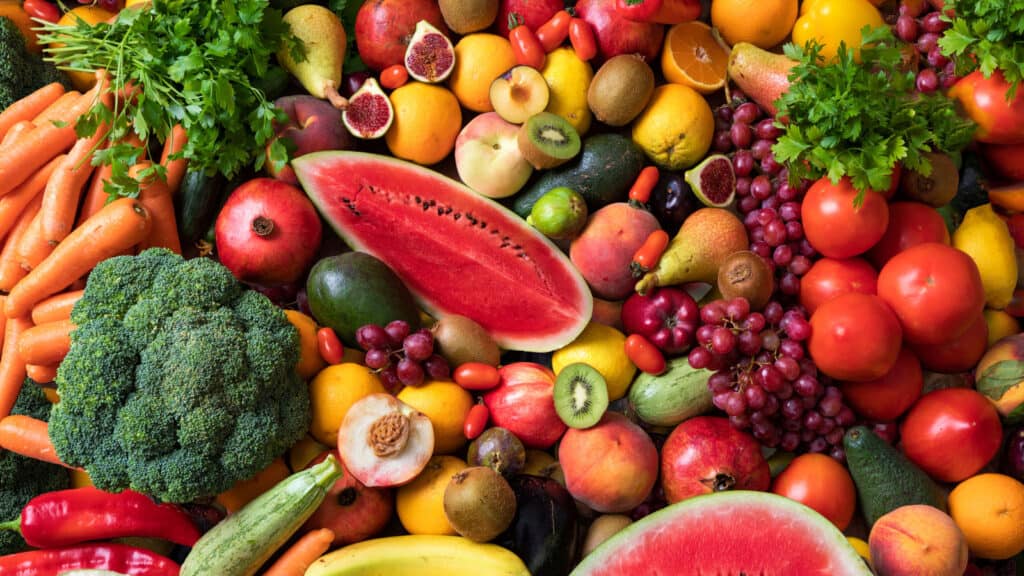
The examples above highlight just a few of the many ways food labels can be misleading. With so many terms lacking clear definitions or being used more as marketing tools than as indicators of actual quality, it’s essential for consumers to approach food labels with a critical eye.
Ignore The Marketing

One of the best ways to navigate the confusing world of food labels is to focus on the ingredients list rather than the marketing claims on the front of the package. Look for whole, minimally processed foods with ingredients you recognize. Additionally, educating yourself about what different labels mean and how they are regulated can help you make more informed choices.
The Takeaway

While food labels are intended to inform consumers, they are often used as tools of persuasion. Terms like “cacao,” “natural,” “whole grain,” “free-range” and “Himalayan Pink Salt” can be misleading, creating a false sense of healthfulness or quality. By understanding the limitations and potential deceptions of food labeling, consumers can make better decisions that truly align with their health goals and ethical values.
20 Classic Recipes Handed Down from Our Families to Yours

Every summer I make blueberry pie, but not just any blueberry pie. I make an ode to my maternal Nana’s classic double crust blueberry pie. Every summer she would make it once, maybe twice (but never enough). She would make it during the day, and it would cool just enough for the filling to set, and then we would have it for dessert that evening. I don’t remember there ever being any leftovers, and I absolutely do remember the anticipation. That began with watching her make it, the aroma from the oven wafting throughout the small house and eyeing it as it was cooling. She would take extra bits of crust, roll them out, and sprinkle them with cinnamon-sugar and we would get to nibble on them before dinner.
READ: 20 Classic Recipes Handed Down from Our Families to Yours
The 15 Canned Products Even Chefs Use At Home

Having been a professional recipe developer for over 30 years, I know my way in and out of commercial kitchens as well as the home kitchens. While some ingredients and pieces of equipment are more common in the professional environment, there is certainly overlap. These are the canned foods that professional chefs love and use any time they are cooking. These canned goods should be in your pantry. READ: The 15 Canned Products Even Chefs Use At Home
Unlocking The Power Of Fermented Foods For Gut Health

More people are increasingly mindful of their health, with a growing interest in understanding the role of the gut microbiome in promoting overall well-being. The consumption of fermented foods has garnered considerable attention as a way to support a healthy gut ecosystem. The idea of “fermented” foods might seem odd at first, but most of us are familiar with traditional pickles, and yogurt, to name possibly the two most common fermented items in the supermarket, and perhaps your own refrigerator. There is a diverse array of fermented foods that have the potential to transform and enhance your gut health – and to bring flavor to your meals. We have what you need to know!
Join Us

Join us on this empowering journey as we explore, celebrate, and elevate “her story.” The Queen Zone is not just a platform; it’s a community where women from all walks of life can come together, share their experiences, and inspire one another. Welcome to a space where the female experience takes center stage. Sign up for our newsletter so you don’t miss a thing, Queen!


